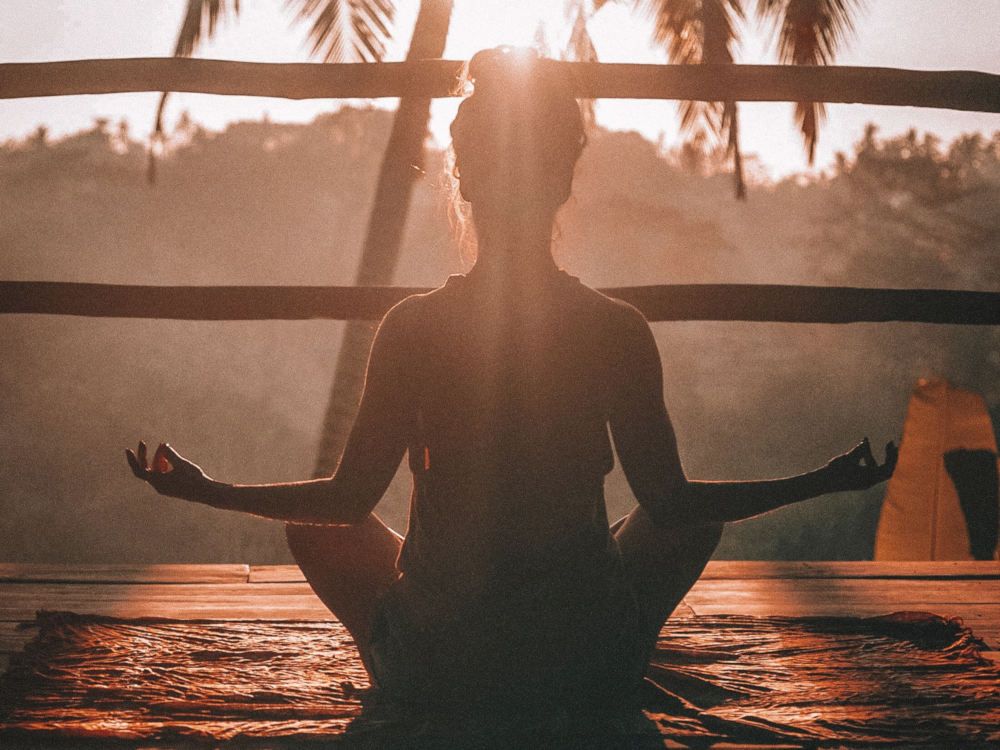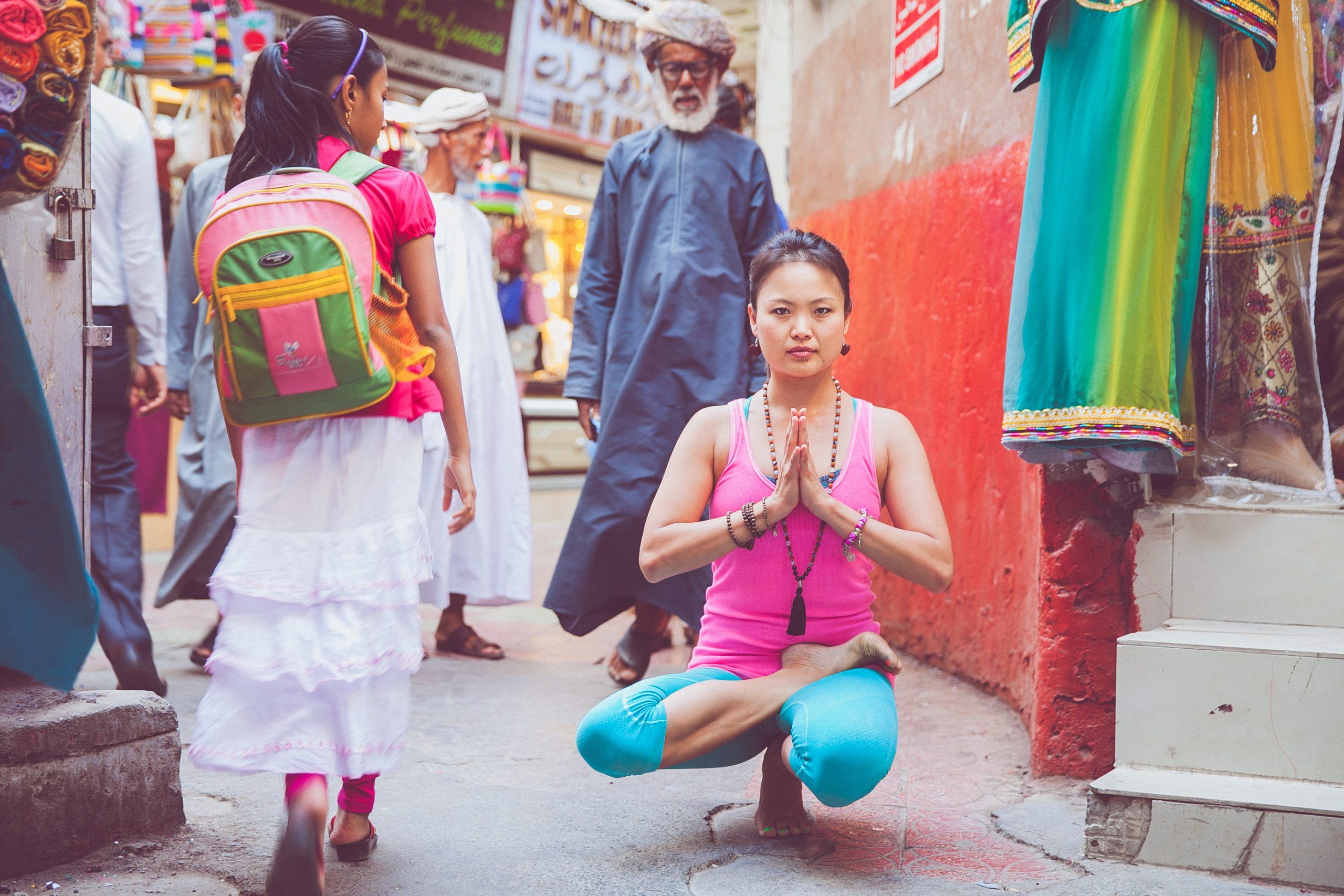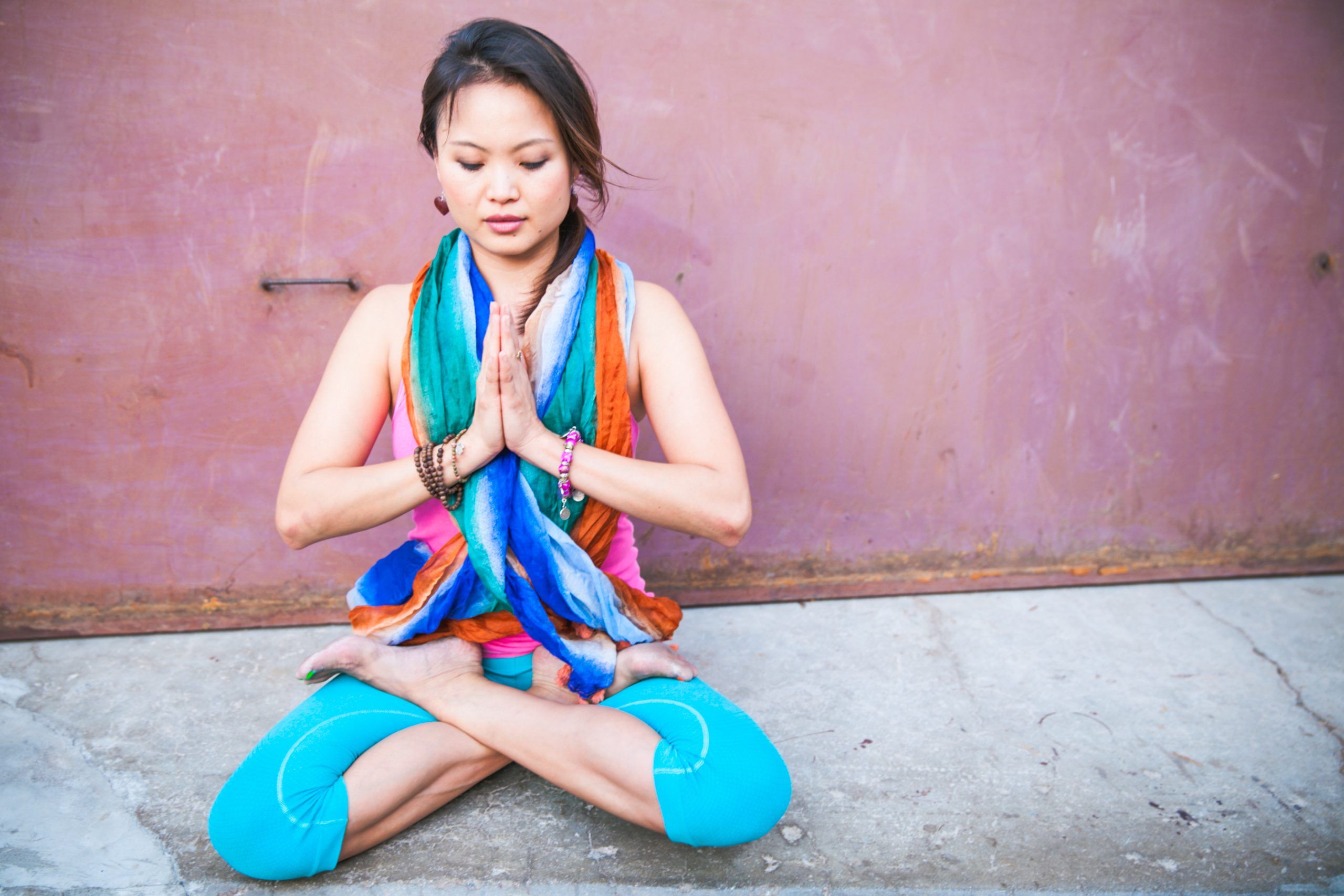My Vipassana Meditation Journey and How It Transformed Me
As I arrived at Dhamma Malaya Vipassana Center, anticipation and nervousness filled my heart. I was about to embark on a ten-day Vipassana meditation and mindfulness course. Little did I know that this journey would test my resilience and patience, challenge my beliefs, and ultimately transform the way I see things.
During the ten-day meditation retreat, we were required to surrender our mobile phones, disconnecting from the outside world and observe noble silence. The course emphasized a complete immersion into the practice, which also meant refraining from reading, writing, exercising (what! no yoga allowed?), making eye contact, or engaging in any form of body communication. These guidelines were designed to help us fully benefit from the practice by eliminating external distractions. It was a challenging but essential part of the experience.
To find out more about Vipassana, click here.
The Battle Within
The initial three days were the toughest! I was full of judgments, full of resistance, and my mind was a chaotic whirlwind of thoughts. Sitting in silence, cross-legged on my meditation cushion (for 11 hours a day), I felt an overwhelming restlessness and discomfort. The numbing of my legs and the pain in my knees and right shoulder blade seemed unbearable. Grief and sadness came to visit and insisted on staying for three agonizing days.
Then, on the evening of the third day, after the 7pm discourse, a shift happened. As I sat on my meditation cushion, I started observing my thoughts and sensations in my body without judgment, like a detached observer. I began to pay attention to the present moment with sharpness of mind, and a sense of calm washed over me. Slowly, the storm within me began to settle. The discomfort in my knees disappeared, the pain in my shoulder blade was still there but it didn’t bother me as much, and I was able to commit to sitting still without having to change my sitting position for one full hour! All because I whispered these words to myself- let go, surrender and trust.
When we surrender, let go, and wholeheartedly trust the process, a remarkable shift occurs. As we release our grip on control, we create space for the universe to work its magic. It is in this surrender that I found freedom from resistance and opened myself up to a flow of divine guidance. As I trusted the unfolding of the ten-day course and embrace the present moment, I allowed myself to be carried effortlessly towards my highest good.

Embracing The Practice
Meditation and mindfulness can help us change the way we view the outer world.
Things started to get easier day four onwards. What had initially felt like an uphill battle started to yield to a gentler rhythm. Though challenges still arose during the course, I encountered them with a newfound sense of equanimity. I realized that the true challenge lay not in the external circumstances, but in my own reactions and attachments. By cultivating equanimity and non-reactivity, I was able to navigate through the entire course with grace.
Before embarking on the course, I feared that reconnecting back with the outside world would be challenging. However, to my delight, the inner balance cultivated during this ten-day meditation and mindfulness retreat made the transition remarkably smooth. The challenges and stresses that once seemed overwhelming no longer held the same power over me. Now, more than ever, I am committed to continuing the practice of meditation daily.
As I reflect on that transformative ten days, I am grateful for the strength and resilience that emerged within me, reminding me of the profound beauty that lies in embracing life’s challenges with equanimity.
If you’re new to meditation and mindfulness, you might find this article helpful.

PS: I had the privilege of observing this tree just outside my room. It was probably on day five did I realize the tree had been shedding its leaves, embodying the impermanence of nature. And as the days passed, a sense of awe filled me as I witnessed the tree beginning to sprout new leaves, symbolizing renewal and growth. Witnessing the tree’s journey was truly magical, a gentle reminder of the profound wisdom and harmony that nature holds.





